Alternative names PB&J | Serving temperature Room temperature | |
 | ||
Similar Peanut butter, Fruit preserves, Bread, Peanut, Sandwich | ||
How to make a better peanut butter and jelly sandwich you re doing it all wrong
A peanut butter and jelly sandwich, or PB&J, popular in the United States, includes one or more layers of peanut butter and one or more layers of either jelly or jam on bread. Sometimes the sandwich is eaten open-faced or with one slice of bread folded over (effectively a "half sandwich"). The type of fruit preserve should balance the texture and sweetness of the peanut butter, while the bread should not overwhelm the filling. If the peanut butter is not spread on each slice of bread, the sandwich will become soggy.
Contents
- How to make a better peanut butter and jelly sandwich you re doing it all wrong
- How to make peanut butter and jelly sandwich
- History
- Nutrition
- Sealed crustless sandwich
- References
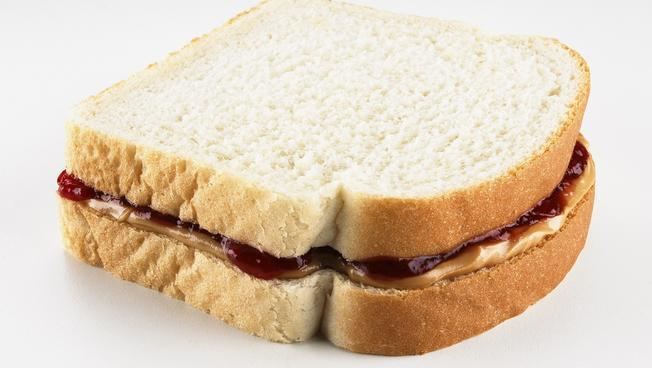
Variations on the sandwich can be created by changing the jam or jelly to honey and instead of peanut butter, someone may use almond butter or another nut butter. Even spreads like cream cheese or chocolate spread can be used in place of the peanut butter. When marshmallow fluff is substituted for the jam or jelly, the sandwich becomes a fluffernutter.
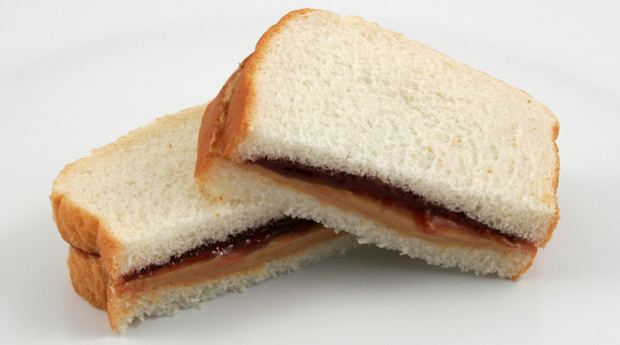
A 2002 survey showed the average American will have eaten 1,500 of these sandwiches before high school graduation.
How to make peanut butter and jelly sandwich
History
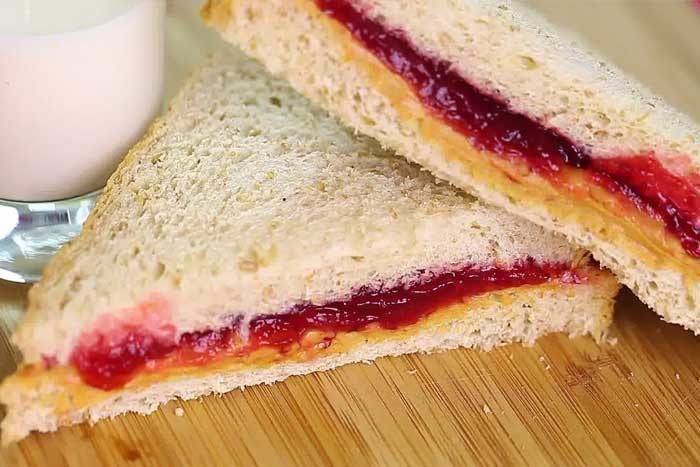
Peanut butter was originally paired with a diverse set of foods, such as pimento, nasturtium, cheese, celery, watercress, and toasted crackers. In a Good Housekeeping article published in May 1896, a recipe "urged homemakers to use a meat grinder to make peanut butter and spread the result on bread." The following month, the culinary magazine Table Talk published a "peanut butter sandwich recipe."
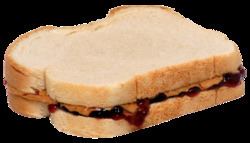
The first reference of peanut butter paired with jelly on bread to be published in the United States was by Julia Davis Chandler in 1901 in the Boston Cooking-School Magazine of Culinary Science and Domestic Economics. In the early 1900s, this sandwich was adopted down the class structure as the price of peanut butter dropped. It became popular with children by the 1920s as manufacturers began adding sugar to the peanut butter.
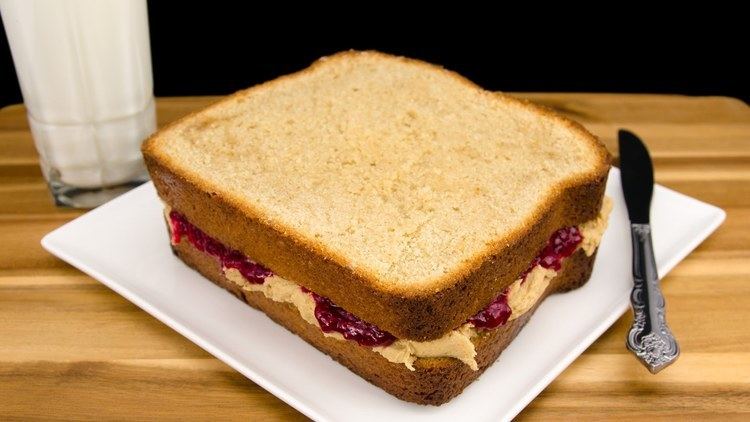
During World War II, it is said that both peanut butter and jelly were found on US soldiers' military ration list, as claimed by the Peanut Board.
Nutrition

A peanut butter and jelly sandwich made with white bread, two tablespoons each of peanut butter and grape jelly, provides 27% of a person's Recommended Daily Intake of fat and 22% of their calories.
While roughly 50% of the calories are from fat, most of them come from monounsaturated fat and polyunsaturated fats, which have been linked positively with heart health.
Sealed crustless sandwich
In December 1999, two independent inventors, Len Kretchman and David Geske, were granted a US patent, "Sealed Crustless Sandwich", for a peanut butter sandwich that would have a long shelf life. The J.M. Smucker Company bought the patent from the inventors and developed a commercial product, based on the patent, which it called Uncrustables. Smuckers invested US$17 million in a new factory to produce the product. By 2005, sales of Uncrustables had grown to $60 million a year with a 20% annual growth rate.
Smuckers attempted to enforce their patent rights by sending out cease and desist letters to competitors and expanding their intellectual property coverage via the patenting of a machine to produce Uncrustables sandwiches in high volume. The U.S. Court of Appeals for the Federal Circuit, however, rejected the viability of the patent, citing its similarity to existing processes, such as that of fashioning ravioli or pie crust.
